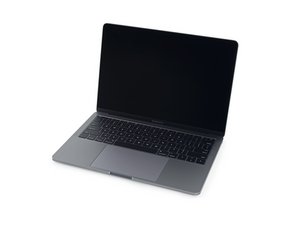AppleSetupDone not working on Catalina
I have been trying to log on to my MacBook Pro but the computer doesn't seem to recognize my admin account. The issue happened before I updated to Mac OS Catalina and now I can’t use AppleSetupDone in terminal to recover the admin account. When I try to mount in terminal the computer displays a message saying read/write mode. How can I use the terminal without being in read/write mode and use the command AppleSetupDone?
crwdns2934109:0crwdne2934109:0


 1
1 
 338
338  973
973